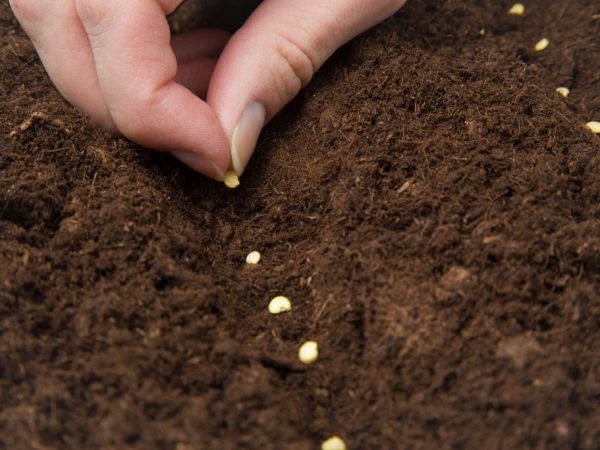Characteristics of the variety of peppers Tolstyachok
Pepper Tolstyachok is famous for its excellent taste. It is unpretentious in cultivation and gives good yields even with minimal maintenance. To obtain the desired results, it is necessary to follow the agrotechnical rules for growing crops.

Characteristics of the variety of peppers Tolstyachok
Characteristics of the variety
In the description of the variety of pepper Fat is marked F1. This means that the sweet pepper Fatty belongs to the representatives of the first generation hybrids.
Collecting the seeds of such a pepper is irrational. According to the characteristics, young seedlings will not inherit all the specific features of the parent bush. In some cases, the seeds will not germinate at all. This significantly increases the cost of the vegetable, since planting material has to be bought annually.
Description of the bush
By the time the fruits ripen, the bush reaches a height of 50-55 cm. The plant is semi-spreading, with well-formed skeletal branches. The leaves of a healthy plant are of medium size, have a deep green color, wrinkled. Correct planting of young seedlings, caring for them contribute to the good formation of bushes. The bush is formed by removing all lateral shoots and leaves until the first fork. This easy procedure allows the plant to thrive.
Description of the fetus
The fat man has prism-shaped fruits. In length, the size of the fruit reaches 10-12 cm. The vegetable has a large fruit diameter, about 7-8 cm. The growing season from germination of plants to the technical ripeness of the fruit is 115-118 days. The vegetable is characterized by a high yield: from 1 sq. m collect 4-4.5 kg.
Fruits are distinguished by the following features:
- The wall of the vegetable is sweet, juicy and fleshy, so the fruits can be used for salads and preparing first and second courses. Thanks to its thick flesh, the variety is recommended for canning. Red pepper slices look great in lecho, assorted salads, sautés, etc.
- The fruits are red with a glossy surface. They have an excellent presentation, and thanks to the dense skin, they can be easily transported.
- Large-fruited: the weight of an average vegetable is about 150 g, in some cases it can exceed 200 g. For this reason, pepper is not suitable for whole-fruit canning.
Landing

Seeds can be planted at the end of February
Sowing seeds for seedlings is carried out 2-2.5 months before planting the pepper in the ground. This period falls in the second half of February and early March.
Sowing material for seedlings
It is advisable to process the seeds before planting in the ground. For this, a weak solution of potassium permanganate is used, in which the seeds are immersed for 20 minutes, then the planting material is thoroughly dried. Then the seeds are planted in moderately moist soil to a depth of 2.5 cm. The containers are placed in a warm place, covered with polyethylene and left until the first shoots appear.
Watering
In the period from germination to planting seedlings in open ground, plants must be watered with a small amount of water. Adherence to the temperature regime in the room favorably affects young shoots.
Landing in the ground
This vegetable crop belongs to self-pollinating plants, therefore, different varieties of the same species should not be grown in the same territory, especially sweet paprika together with a bitter (spicy) relative.
Landing in open ground is carried out in late May-early June, when the ambient temperature has stabilized, and there are no sharp drops between night and daytime. When planting plants, it is recommended to adhere to the following planting scheme - 40 x 70 cm. This promotes better plant growth, facilitates soil processing, watering and further care. When moving seedlings from temporary containers into the ground, there is no need to bury them in the soil more than 2.5-3 cm.
Pests and diseases
Most often, the development of diseases is observed when the cultivar agrotechnology is not followed. Also, this indicator is negatively affected by the lack of disease prevention.
The most common diseases:
- Blackleg. Causes of the lesion: excessively dense planting of plants, high soil moisture, sudden changes in temperature.
- Stolbur. External changes: leaves turn yellow, dry up; the fruits are deformed.
- Late blight. Shoots and fruits become covered with dark spots and quickly disappear. The disease is contagious and quickly spreads to neighboring plants.
Sweet pepper pests are another major problem. Most often it is attacked by aphids and slugs. The first settles on the back of young leaves, where they drink the juices of the plant. The bush quickly withers and stops bearing fruit. Slugs love to feast on the juicy pulp of the fruit.
Conclusion
This variety can be grown on an industrial scale. Due to the good taste characteristics and attractive appearance of the fruits, they will always be in demand in the markets and in stores.


